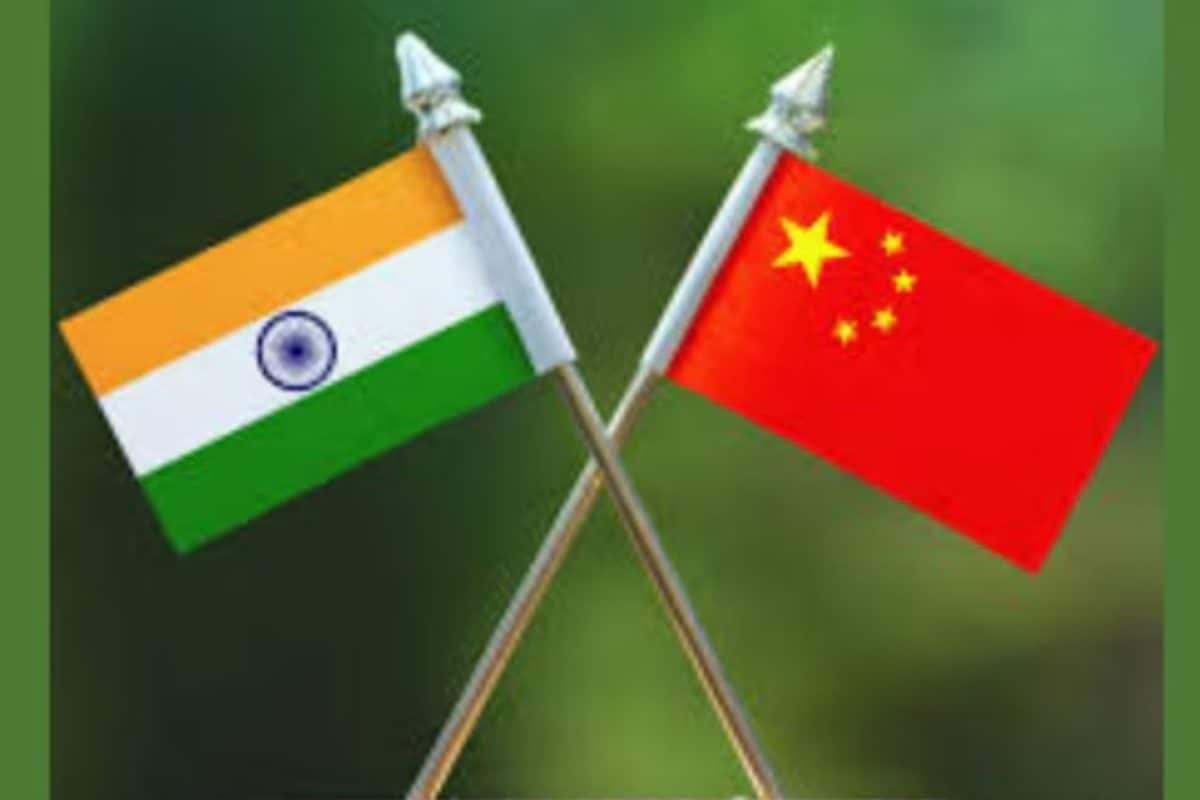

A recent US report has projected that China's nuclear arsenal is on track to reach 1,000 warheads by 2030, a development that is significantly impacting India's strategic calculations and its perception of China as a "primary adversary." This projection, coupled with China's ongoing military modernization and assertive regional behavior, is prompting a reassessment of India's nuclear doctrine and its approach to maintaining a credible deterrent.
The US Department of Defense, in its annual report on China's military power, estimates that China's stockpile of operational nuclear warheads already exceeds 600 as of mid-2024. This rapid expansion, coupled with the development of new intercontinental ballistic missiles (ICBMs) and a nascent nuclear triad (land, sea, and air-based nuclear delivery systems), signals a shift in China's nuclear posture. The Pentagon assesses that China will implement a launch-on-warning posture "this decade" and "seeks to have the ability to inflict far greater levels of overwhelming damage to an adversary in a nuclear exchange," including employing lower-yield nuclear weapons.
India, sharing a long and disputed border with China, has traditionally maintained a policy of "credible minimum deterrence." However, China's growing nuclear capabilities are challenging this approach. While India has not been overly concerned about China's nuclear capability in the past, the expansion and modernization of China's nuclear arsenal are likely to lead to a change in Indian attitudes, especially given the contentious nature of relations between the two countries. This will not be ameliorated even if China were to maintain its official no-first-use doctrine. India's concerns will likely grow if China seeks nuclear parity with the U.S., which would result in a massive nuclear disparity between India and China.
Several factors contribute to India's growing unease. First, the lack of transparency surrounding China's nuclear program makes it difficult to assess Beijing's true intentions. Second, China's development of advanced missile systems, including hypersonic glide vehicles, enhances its ability to strike targets across the Indo-Pacific region, including India. Third, China's close strategic partnership with Pakistan, including its support for Pakistan's nuclear program, adds another layer of complexity to India's security calculus.
In response to China's nuclear expansion, India is likely to take several steps to strengthen its own deterrent capabilities. These include accelerating the development and deployment of more advanced missile systems, enhancing its nuclear submarine fleet, and investing in cyber, electronic warfare, and space warfare capabilities. Some experts have also suggested that India may need to re-evaluate its no-first-use policy to maintain a credible deterrent against China.
The evolving nuclear dynamics between India and China also have implications for the broader regional and global security landscape. The US is encouraging India to take a more prominent role in regional security, particularly in the Indo-Pacific, to counter China's growing influence. This collaboration is likely to extend to the nuclear domain, with the US potentially sharing intelligence and technology to help India enhance its deterrent capabilities.
While India and China continue to engage in diplomatic efforts to manage their differences, the growing nuclear asymmetry between the two countries is likely to remain a major source of tension. As China's nuclear arsenal expands, India will face increasing pressure to modernize its own forces and adopt a more assertive posture to ensure its security. This dynamic could lead to a further escalation of the arms race in the region, with potentially destabilizing consequences. Despite recent progress and a positive trajectory in Sino-Indian ties, security and territorial issues remained tense but stable in the first three months of 2025.